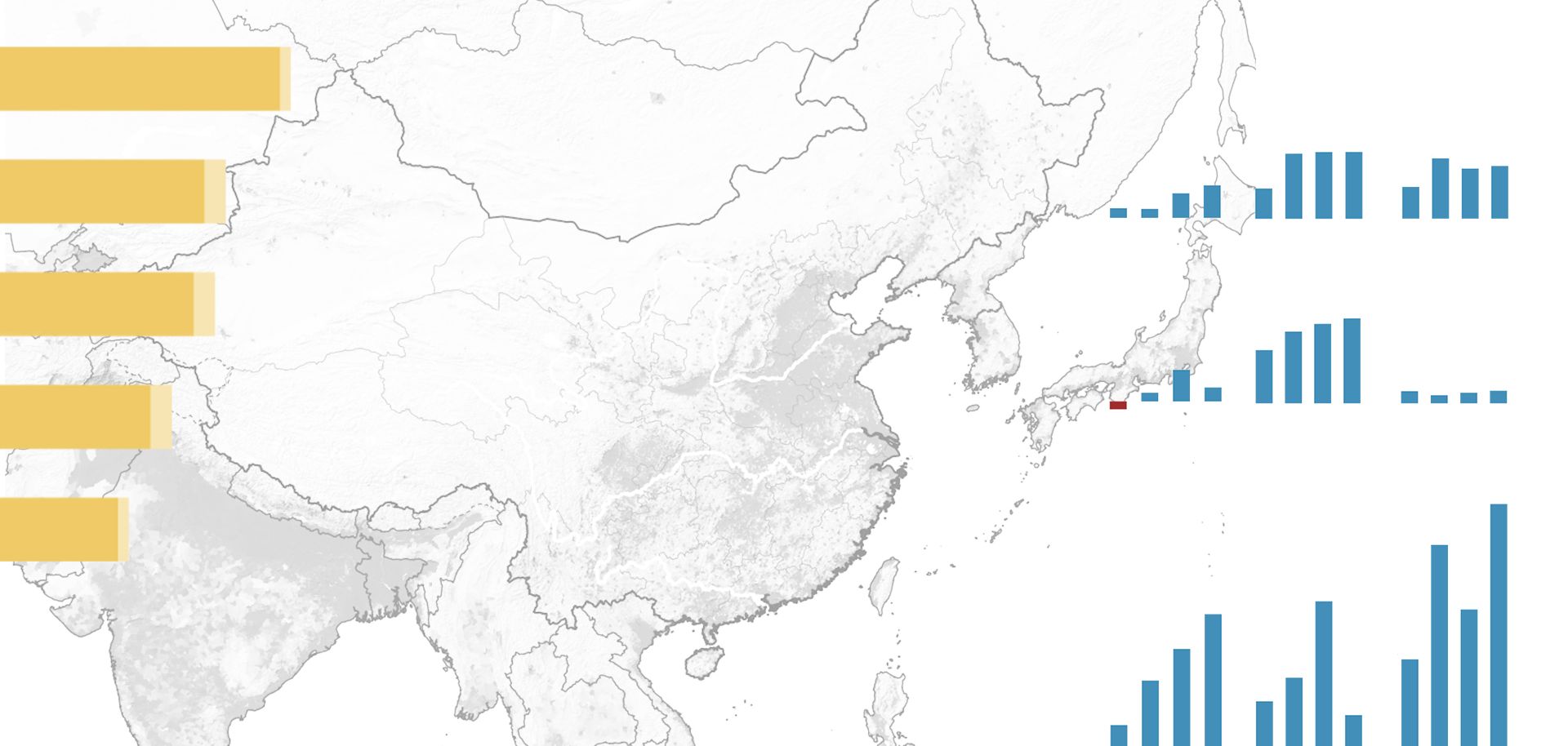
Brazil has been an active player in the regional geopolitics of South America's Southern Cone ever since it achieved independence from Portugal nearly two centuries ago. It is particularly active in the Rio de la Plata Basin, a temperate and fertile area and one of the most expansive river basins in the world, comprising parts of Bolivia, Brazil, Paraguay, Uruguay and Argentina. The rich agricultural lands, river systems, strategic port access and lack of significant geographical barriers has historically led to competition and, at certain points, conflict between these countries.
The Triple Alliance War of 1865-1870 epitomized this competition. In that war, in which Paraguay attempted to seize control over the Parana and Rio de la Plata riverine transport networks, Paraguay lost half of its territory and most of its male population. The war reinforced the position of Paraguay, Uruguay and (to a lesser extent) Bolivia as buffer states between the much bigger, more populous and more powerful Brazil and Argentina. Subsequently, the two countries developed dynamic and industrialized economies throughout the 20th century.
Over the same period, Brazil and Argentina competed for influence over the smaller states in the Rio de la Plata Basin to ensure protection against each other and to establish economic and commercial ties to supply their industrial bases and economic supply chains. However, the economic and political weakening of Argentina and the consolidation and rise of Brazil over the past two decades has changed the balance of power, to the point that Brazil has strengthened its position relative to Argentina in each of the buffer states to a significant degree. It has done so through migrant and population flows, control of agribusiness and landownership, energy production, financial and banking relationships and security ties.



